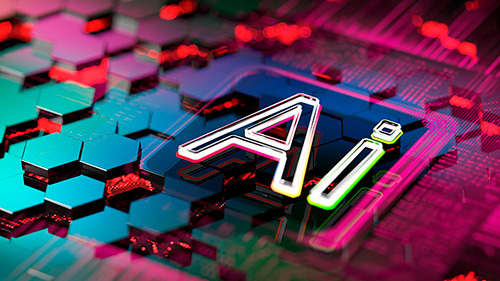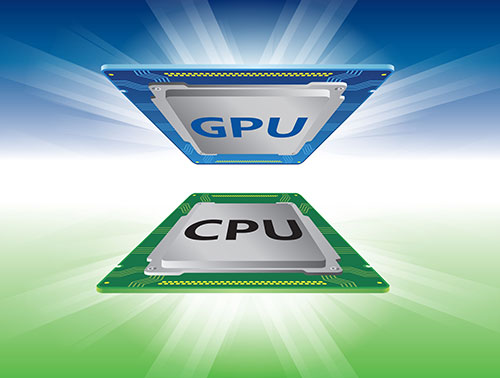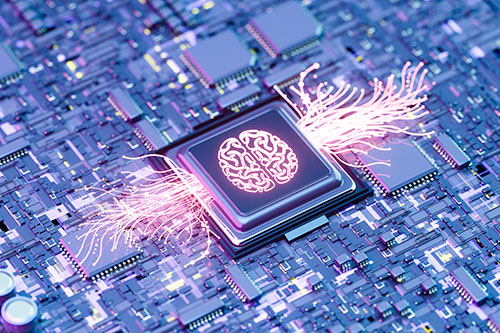What’s artificial intelligence good for? For managers in the oil and gas industry, quite a lot.
Industry players that include Shell, BP, ExxonMobil and Chevron are already using machine learning and AI. Use cases include predictive maintenance, seismic data analysis, reservoir management and safety monitoring, says a recent report by Chirag Bharadwaj of consultants Appinventiv.
AI’s potential benefits for oil and gas companies are substantial. Anurag Jain of AI consultants Oyelabs cites estimates of AI lowering oil production costs by up to $5 a barrel with a 25% productivity gain, and increasing oil reserves by as much as 20% with enhanced resource recovery.
Along the same lines is a recent report from market watcher Global Growth Insights. It says adoption of AI in North American oil shale drilling has increased production efficiency by an impressive 20%.
All this has led Jain of Oyelabs to expect a big increase in the oil and gas industry’s AI spend. He predicts the industry’s worldwide spending on AI will rise from $3 billion last year to nearly $5.3 billion in 2028.
Assuming Jain is right, that would put the oil and gas industry’s AI spend at about 15% of its total IT spend. Last year, the industry spent nearly $20 billion on all IT goods and services worldwide, says Global Growth Insights.
Powerful Solutions
All this AI activity in the oil and gas industry hasn’t passed the notice of AMD and Supermicro. They’re on the case.
AMD is offering the industry its AMD Instinct MI300A, an accelerator that combines CPU cores and GPUs to fuel the convergence of high-performance computing (HPC) with AI. And Supermicro is offering rackmount servers driven by this AMD accelerator.
Here are some of the benefits the two companies are offering oil and gas companies:
- An APU multi-chip architecture that enables dense compute, high-bandwidth memory integration, and chips for both CPU and GPU all in one.
- Up to 2.6x the HPC performance/watt vs. the older AMD Instinct MI250X.
- Up to 5.1x the AI-training workload performance with INT8 vs. the AMD Instinct MI250X. (INT8 is a fixed-point representation using 8 bits.)
- Up to 128GB of unified HBM3 memory dedicated to GPUs. (HBM3 is a high-bandwidth memory chip technology that offers increased bandwidth, memory capacity and power efficiency, all in a smaller form factor.)
- Double-precision power up to 122.6 TFLOPS with FP64 matrix HPC performance. (FP64 is a double-precision floating point format using 64 bits in memory.)
-
Complete, pre-validated solutions that are ready for rack-scale deployment on day one. These offer the choice of either 2U (liquid cooled) or 4U (air cooled) form factors.
If you have customers in oil and gas looking to get into AI, tell them about these Supermicro and AMD solutions.
Do More:
- Download a Supermicro/AMD infographic: A Powerful New Performance Standard for AI & HPC Applications
- Check out AMD Instinct MI300A APUs












